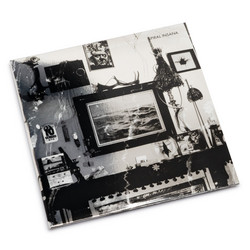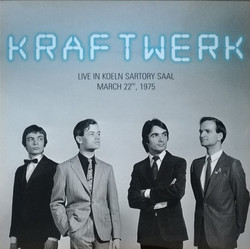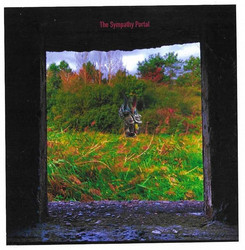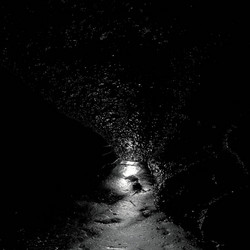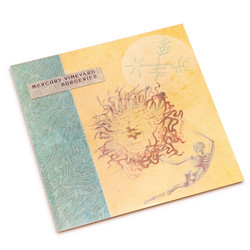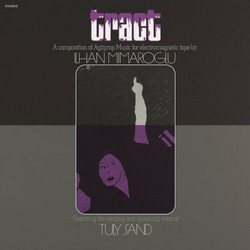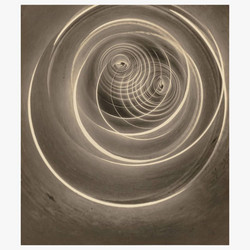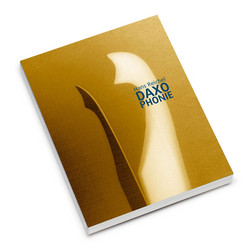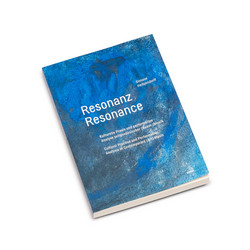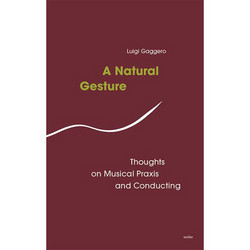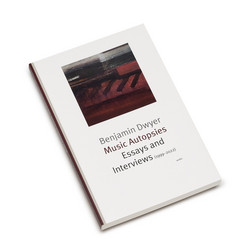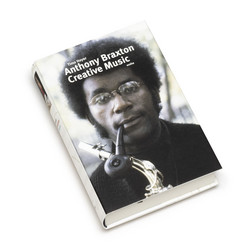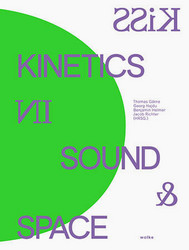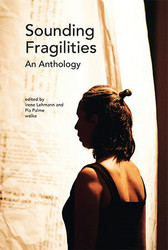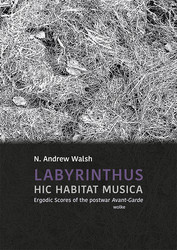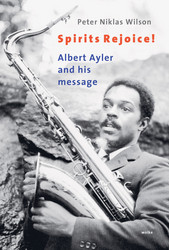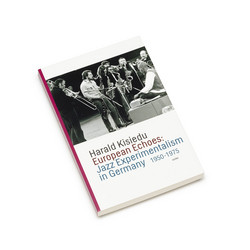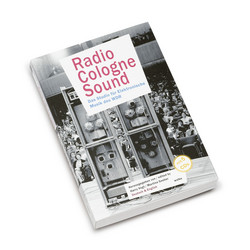Hans-Joachim Braun
I sing the Body Electric: Music and Technology in the 20th Century
Technology has always been inseparable from the development of music. But in the 20th Century a rapid acceleration took place: a new ›machine music‹ came into existence, electronic musical instruments were developed and composers often turned into sound researchers. A problematic identification of technical change with musical progress became visible. ›Noise‹ was raised to the state of an art, and, quite often, audience and critics were shocked at this development. In pop and rock electroacoustics became the essence of music making and of musical aesthetics. Engineers with recording and reproducing equipment assumed increasing importance and the rise of studio aesthetics had a significant impact on the expectations of listeners in the concert hall. In view of all this, it seems correct to speek of a ›technologization‹ of musical aesthetics in the 20th Century.
The present volume brings together articles by musicologists, composers, engineers and historians of technology. They analyze select aspects of the relationship between music and technology, treating music as a whole and dealing with production as well as with consumption of music and with art music as well as with popular music. They show that, by technological means, a degree of artistic virtuosity could be achieved which surpassed the performances of even the greatest musical virtuosos. They analyse the process of invention and diffusion of new musical instruments like the Moog electronic music synthesizer and, in Japan, the adaption of Western musical instruments with its cultural, technological and business implications. Contributors make clear, how and why formerly undesirable sounds of the electric guitar became desirable, giving expression to a new popular music aesthetics, and why, mainly as a consequence of early recording conditions, the violine vibrato, once considered as inartistic, became an artistic ideal. Audio engineers, it is shown, gained increasing importance in the definition of music aesthetics, but, in rock music, the balance of power shifted from engineers and record producers to the performers themselves. The latest developments in the visualization of music will be analysed as well as the effects of technical change on musicians and on music education.
content:
Barbara Barthelmes, Music and the Metropolis;
Hans-Joachim Braun, ›Moving On‹: Airplanes and Locomotives in 20th Century Music;
Karin Bijsterfeld, ›A Servile Imitation‹; Disputes about Machines in Music, 1910-1930;
Martha Brech, New Technology – New Artistic Genres: Changes in the Concept and Aesthetics of Music;
Hugh Davies; Electronic Instruments: Classification and Mechanisms;
Bernd Enders, Musical Education and the New Media: The Current Situation and Perspectives for the Future;
Thomas Gerwin, Musical Users Interfaces;
Jürgen Hocker, Conlon Nancarrow and the Player Piano;
Geoffrey Hindley, Keyboards, Crankshafts and Communication: The Musical Mindest of Western Technology;
Mark Katz, Aesthetics out of Exigency: Violin Vibrato and the Phonograph;
Tatsuya Kobayashi, ›It all began with a Broken Organ‹. Yamaha in Japan’s Music Development; James P. Kraft, Capitalism, Technology and American Musicians;
Alexander B. Magoun, The Origins of the 45-RPM Record at RCA Victor, 1939-1948;
Rebecca McSwain, Reversing the Reverse Salient in Electric Guitar Technology: Noise, Humbuckers and Jimi Hendrix;
Andrew Millard, Tape Recording and Music Making; Helga de la Motte-Haber, Aesthetic Problems of Soundsampling;
Trevor Pinch, The Social Construction of the Synthesizer;
Istvan Pintér, Sound Microscopy and Music Development;
Susan Schmidt Horning, The Evolution of Commercial Recording Studios, 1940s-1970s;
Elena Ungeheuer, Concepts of Technology in the Beginnings of Electronic Music.
276 pages









